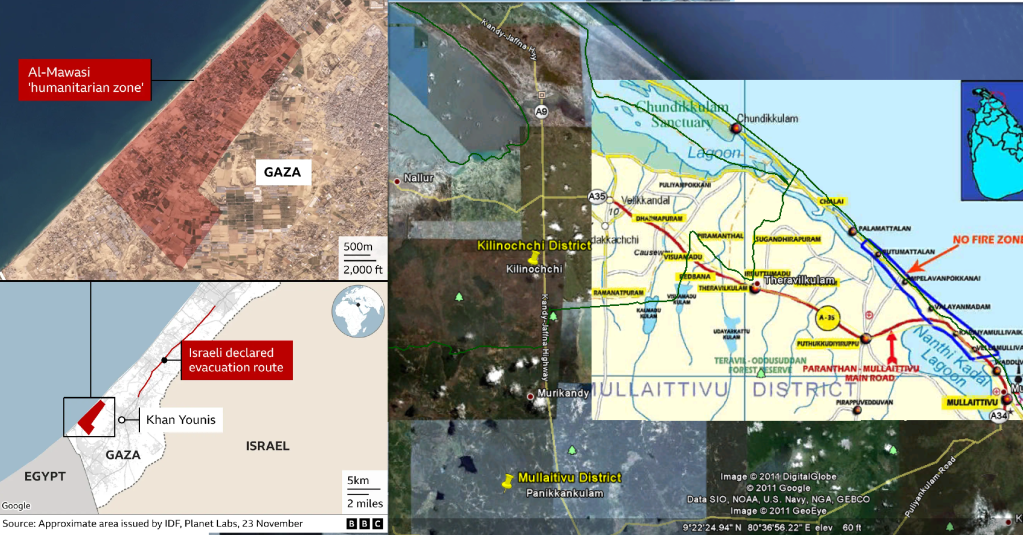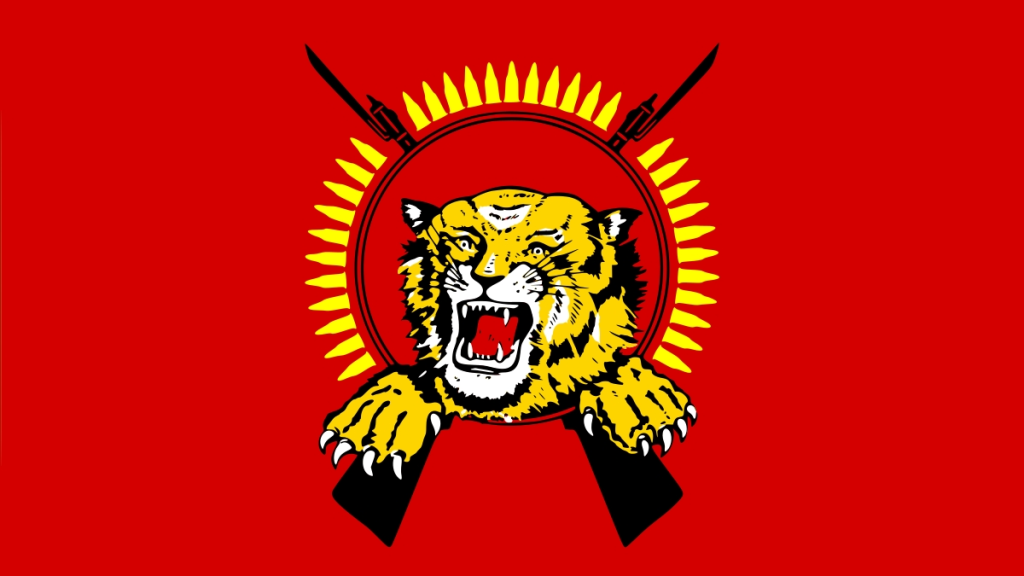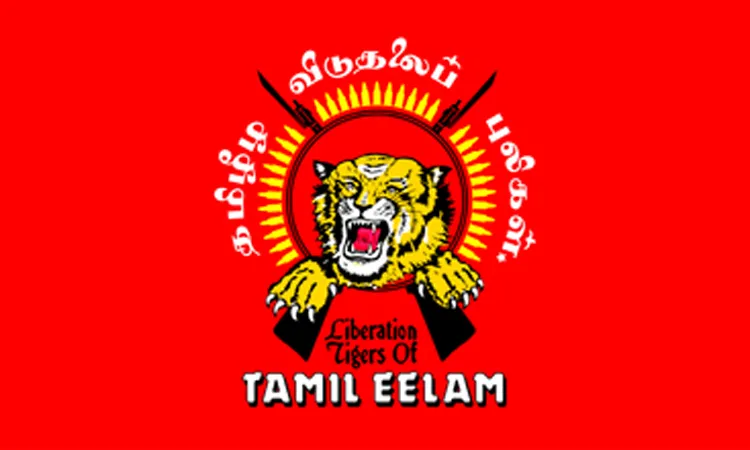
EXTENDED TILL 8TH OCT 2023
In December 2019, The Koboi Project presented Dari Pusat Tasek at the Percha Artspace, Lumut, Perak. This presentation was realized as an installation in the gallery accompanied by a performance in the public space of the Lumut waterfront. Dari Pusat Tasek addressed salient themes of contemporary Malaysian society while also engaging with the forms and meanings of traditional Malay ritual and folklore. Documentary images of this earlier Percha Artspace performance forms the content of the Panji Pauh Ulung photographic series of the Koboi Project. The Koboi now returns to Malaysia again, to present Pokok Pauh Janggi, a related performance and exhibition at Kapallorek Artspace, Bandar Iskandar, Bota, Perak. The exhibition features the Koboi Balik Lagi series of photographs and runs from 5th Aug – 30th Sept 2023. OPENING EVENTS on 5TH AUG: Performance 6pm, Reception 8pm, Artist Talk 9pm.
- About the Koboi Project … a search for integral identity, across an inter-generational diasporic experience …
The Koboi Returns 2023 – …Anwar Ibrahim has become the 10th Prime Minister of the nation … - The Koboi Returns 2023 – 2 … the Traditional Malay Cosmology …
- The Koboi Returns 2023 – 3 … a complex layering of realities …
- The Koboi Returns 2023 – 4 … Kelantan Wayang Kulit puppets of the Pokok Pauh Janggi and the giant crab …
- The Koboi Returns 2023 – 5 … A submarine tree or world pillar at the navel ..
- The Koboi Returns 2023 – 6 … the axis mundi of the Malay cosmos…
- The Koboi Returns 2023 – 12 … The Pohon Beringin is a microcosm of the universe …
- The Koboi Returns 2023 -13 … the Selangor Malay tale of Haji Batu
- The Koboi Returns 2023 – 14 … the physics of this world is represented by the Giant Crab …
- The Koboi Returns 2023 -15 … seven is a number of multilayered soteriological significance …
- Jampi Upacara Pokok Pauh Janggi … Membuka panggong, membuang badi, mengambil isyarat, menghidupkan patong..
- Tahi Besi Menjadi Pagar … a protective medium to ‘fence’ or protect …
- Wayang Kulit Puppets 2 … The puppets were made by Greta Burley from deer hide using a laser cutter …
- Wayang Lemah … the tukelan is tied across the vertical posts of the proscenium …
- Sponsor of the Giant Anwar Ibrahim Hoarding … The 12.2m hoarding was first erected in front of Wisma Keringat …
- Air Abang Salleh, circa 2013 … a homage to Salleh Joned’s masterful deconstruction of the pretension of Modern Art …
- The Appearence of a Fact ataupun Batu Kasih Piyadasa, circa 2007 … a simple fact – the fact of love …
- Wayang Kulit Kelantan in 1956 … Bomoh and Dalang sit together during the upacara membuka panggung …
- Pak Dogol and Wak Long 2 … Pak Dogol and Wak Long are pesonifications of the indigenous spirit (semangat) ..
- Burung Roc …the Mountains of Qaf are the abode of the giant bird, the Roc …
- Sajak Koboi oleh Hamzah Yazd … a new sajak presented at the opening of the Pokok Pauh Janggi
- Performance Notes … The performance begins on the roof …
- Koboi Balik Lagi … is a series of photographs shot at the Seni Di Kota exhibition in 2015
- Tok Dalang Cina … Eyo Hock Seng might be credited for keeping the form alive in Kelantan during the period of the ban









You must be logged in to post a comment.